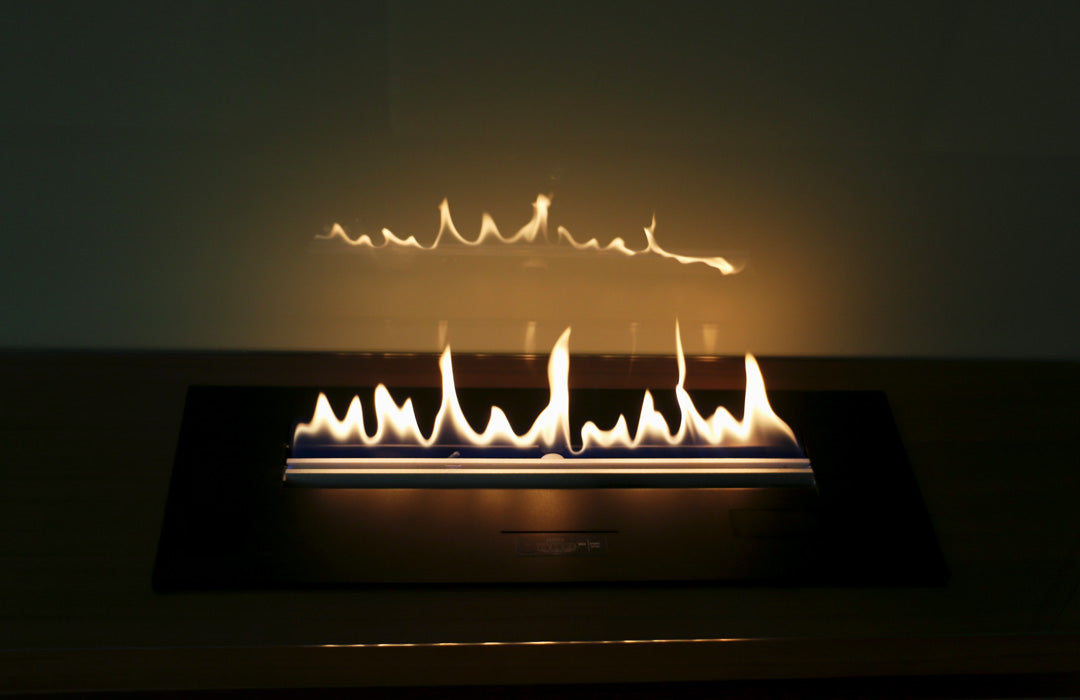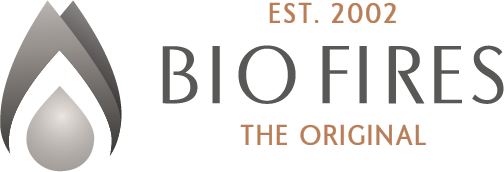
Planika PrimeFire installed in a joinery
Is it safe to install a bioethanol fire in a joinery?
If you are concerned with safety when installing a bioethanol burner in a joinery, you can put your mind at ease with Planika's PrimeFire. Here is an example. David Noades’ project features Planika’s PrimeFire 700, which has been cleverly installed onto furniture panels. He also used special heat-resistant glass panels protecting the joinery from heat.
The project development.
“The furniture installation took quite some time. However, all is now in place (including all the heatproof fibreboard and glass screen). The fire works very well and I thought you might like to see some photos. The original plan was to install the fire directly below the TV. Following discussions with BioFires (and via them with Planika) it became clear that such a location would likely compromise the overall design ethos of the TV installation (set back into the new ‘wall’ with no additional barrier below). Therefore, we decided to proceed with an ‘offset’ installation.
We supplied a copy of the installation plan to Planika via Bio Fires. They came back with the recommendation to use toughened glass as a barrier to protect the fitted furniture panels.
Further direct discussions between the furniture manufacturers and Planika in Poland led to the final design for the fireplace installation. We mounted the tempered glass panel directly onto heat resistant (fire-rated) MDF (using high-temperature rated glue). They had coated also the MDF in a special heat resistant paint. The glass is about 150mm behind the burner.

They countersank an additional piece of toughened glass into the horizontal support panel (which is made of veneered fire-rated MDF). The wider metal casing of the fireplace sits directly on this, so protecting the wood from any high temperatures in the casing.
They made the cavity within which the fireplace ‘hangs’ of melamine, but covered it in flame-retardant Solflex foil (they also provided the recommended air gap around the casing in this cavity).

Final result.
The upper part of the (heatprooof) glass does get hot when the fire is in use, but all of the heat seems to go straight up with none of it coming forward. I was pleased to note that the furniture installers spoke directly with Planika to check a few things before they finalised their design. The amount of heat that the fire generates overall in heating the room (by convection currents) is quite a lot, so I think we would generally be using the fire at its lower setting (and keeping the door open). Thanks again for all your help in the design process.”

You’re most welcome, David! We’re very happy with the final result. Thanks for the photos and your explanation.
June 2016
